Why We Celebrate Valentine's Day With Gifts, Chocolates, Roses & Cards
Cover your eyes and ears, baby Cupid ... It's time to discuss Lupercalia and St. Valentine.
 adriaticfoto / Shutterstock
adriaticfoto / Shutterstock We stuff ourselves on Thanksgiving, wear ugly sweaters come Christmas-time, and ring in the New Year with a champagne toast. That's just how it's done.
Similarly, ever since most of us were in pre-kindergarten, we celebrated Valentine's Day by exchanging heart-shaped gifts and cards, red or pink flowers and chocolate (preferably from that someone special) have marked our celebrations of Valentine's Day.
While your days spent sorting those little cardboard, Disney princess-themed valentines may be over, there are many things we expect every year on February 14 without giving much thought to the history or origins of these traditions and their associated symbols of love.
Knowledge is power (and fun facts are, well, fun).
Here's the history of Valentine's Day, including the origins of the most popular traditions, symbols and gifts associated with love, St. Valentine, Cupid and Lupercalia.
The Real History And Origins Of Valentine's Day
Valentine's Day began as a minor feast day honoring two Christian martyrs named Saint Valentine.
In 496 AD, Pope Gelasius I in AD 496 decalred February 14 should be known as the Feast of Saint Valentine of Rome.
The future St. Valentine, a Roman citizen named Valentinus was jailed and sentenced to death after "Roman Emperor Claudius ordered all Romans to worship twelve gods, and told them they couldn’t talk about Jesus or they would be killed," for Valentinus "loved Jesus Christ and could not be quiet about this love."
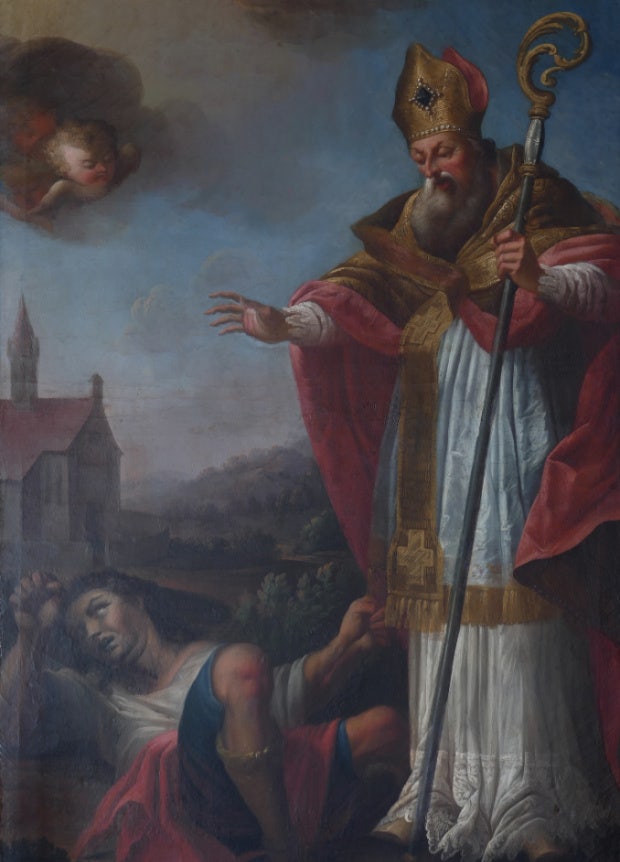 Photo: Ralph Hammann - Wikimedia Commons, Public domain, via Wikimedia Commons
Photo: Ralph Hammann - Wikimedia Commons, Public domain, via Wikimedia Commons
Legend has it that while imprisoned, the jailer brought his blind daughter, Julia, to Valentinus for lessons. Over the course of his teachings, Valentinus taught Julia about prayer and belief in God, leading her to pray for — and then actually receive — the ability to see.
Following his execution, Julia is believed to have planted a pink-blossomed almond tree near his grave. For this reason, the almond tree and it's light pink flowers are now considered "a legendary symbol of abiding love and friendship."
In addition to pink, the association between Valentine's Day and the colors red and white also originates within the Catholic Church.
Red, representing "red tongues of fire" and the blood of Christ and martyrs, is a symbol of passion.
White represents "purity, holiness, and virtue, as well as respect and reverence" — all of which are associated with what many perceive as the highest forms of love.
The origins of Valentine's Day may date back even farther to the ancient pagain feast of Lupercalia.
There are many who believe Valentine's Day originally originated, at least in part, in pagan customs involving animal sacrifice and fertility rituals.
As explained on NPR, "From February 13 to 15, the Romans celebrated the feast of Lupercalia. The men sacrificed a goat and a dog, then whipped women with the hides of the animals they had just slain."
In the 5th century, Pope Gelasius I managed to abolish the wild-and-crazy pagan feasts by combining them with their own, more civilized holiday... honoring "two men — both named Valentine — [executed] on February 14 of different years in the 3rd century A.D."
The Pope allowed one pagan ritual to remain, however — the one where young, unmarried men drew the names of young, unmarried women out of a box at random to be matched ... um ... romantically.
Being the Roman Catholic Church, though, they substituted the names of saints for the names of unmarried girls, and instead of sending them off to mate, the young folks were told to emulate the saint whose name they drew.
**Whomp whomp**
As you can imagine, virile Roman males weren't particularly excited about this reimagining of the tradition. In its place, they established their own custom of sending written greetings of affection, likely the first Valentine's Day cards, to the young ladies' they fancied.
Written "valentines" began appearing en masse after 1400, around the time the printing press was invented.
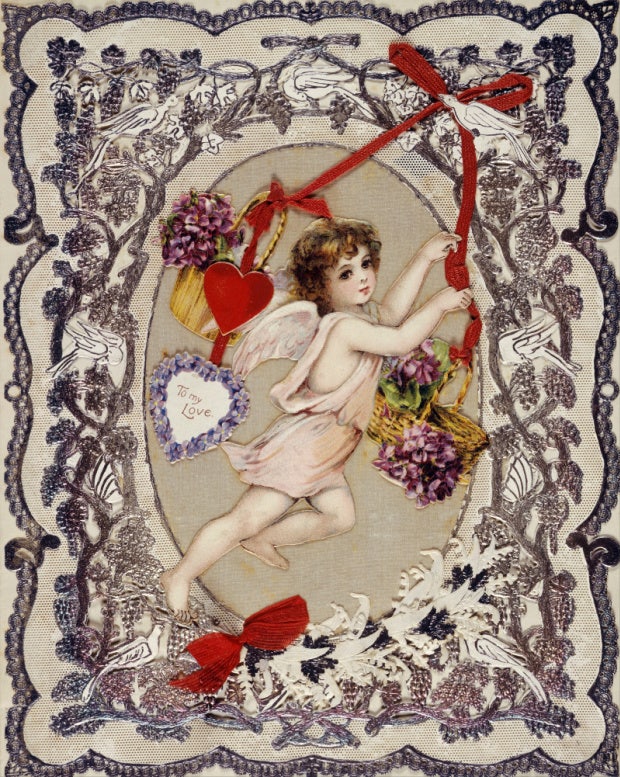 Photo: Museum of London, Public domain, via Wikimedia Commons
Photo: Museum of London, Public domain, via Wikimedia Commons
We can thank Mayan and Aztec cultures for Valentine's Day chocolates.
Many now consider chocolate an aphrodisiac, as it contains an endorphin called phenylethylamine, levels of which in the brain have been linked to falling in love.
But chocolate has been considered precious since the days of the Mayans, who believed it to have spiritual and healing properties, calling it "the food of the gods."
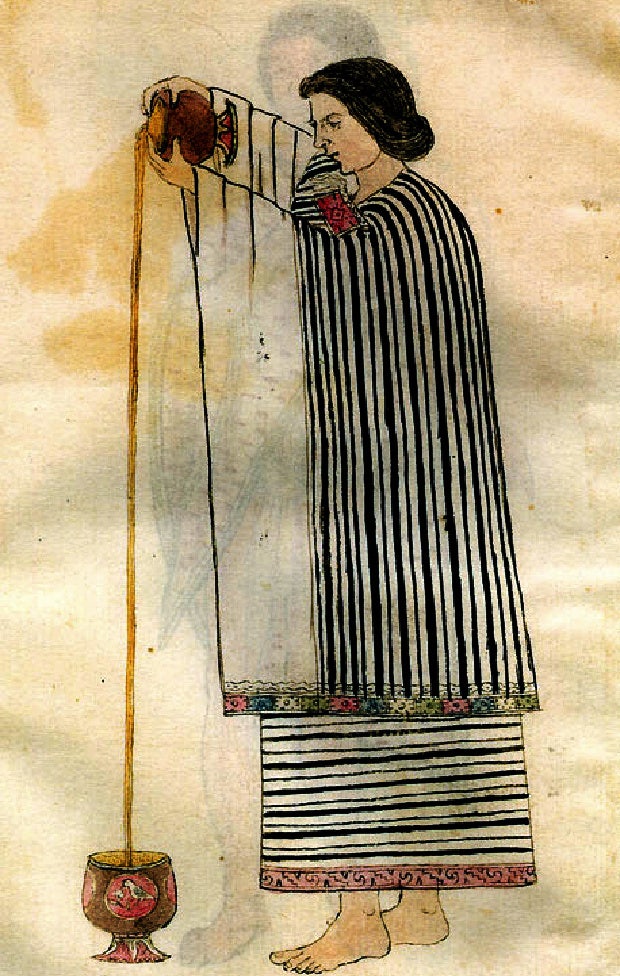 Photo: Public domain, via Wikimedia Commons
Photo: Public domain, via Wikimedia Commons
After conquering the Mayan people, Aztec King Montezuma was reportedly known to drink 50 cups of cocoa a day, and an extra one when he was going to meet a lady friend.
Further, because of its stimulating effects, Aztec women are said to have been forbidden to drink it themselves.
King Charles of Sweden popularized roses as symbols of love in the early 1700s.
February 14 is like Black Friday for florists, with Valentine's Day ranking as the number one holiday for floral purchases, second only to Christmas and Chanukah in dollars spent.
But why are flowers associated with love?
In the early 1700's, King Charles II of Sweden brought the Persian poetical art known as the language of flowers, or floriography, to Europe from its roots in ancient Greek, Roman, Egyptian and Chinese culture. For the next century or so, most Victorian homes contained floral dictionaries, which listed the symbolic meanings of different flowers people used to convey a wide variety of hidden messages to one another.
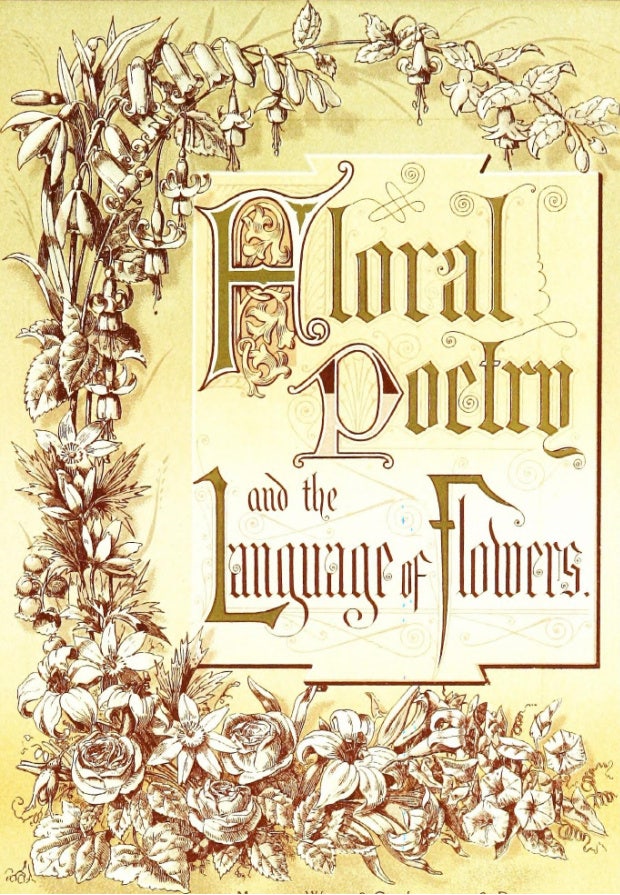 Photo: Internet Archive Book Images, No restrictions, via Wikimedia Commons
Photo: Internet Archive Book Images, No restrictions, via Wikimedia Commons
As symbols of romantic love, roses became linked with Valentine's Day.
Even more specifically, the colors of roses given to your Valentine can relay these additionally nuanced meanings.
List of Rose Color Meanings
White roses: purity, innocence, reverence, a new beginning, a fresh start
Red roses: love, I love you
Deep, dark crimson rose: mourning
Pink rose: grace, happiness, gentleness
Yellow rose: joy, friendship, the promise of a new beginning
Orange rose: desire and enthusiasm
Lavender rose: love at first sight
Coral rose: friendship, modesty, sympathy
As the Roman god of God of desire, erotic love, attraction, and affection, Cupid is one of the most common symbols of love on Valentine's Day.
The mischievous winged cherub is the son of Venus, the Roman Goddess of Love.
Cupid is derived from the Latin word "cupido" meaning "desire" — which your lover should be bursting with on V-Day after you've bestowed them with the aforementioned gifts.
According to legend, "Cupid shoots magical gold-tipped arrows at gods and humans alike. By piercing their heart with an arrow, he causes individuals to fall deeply in love."
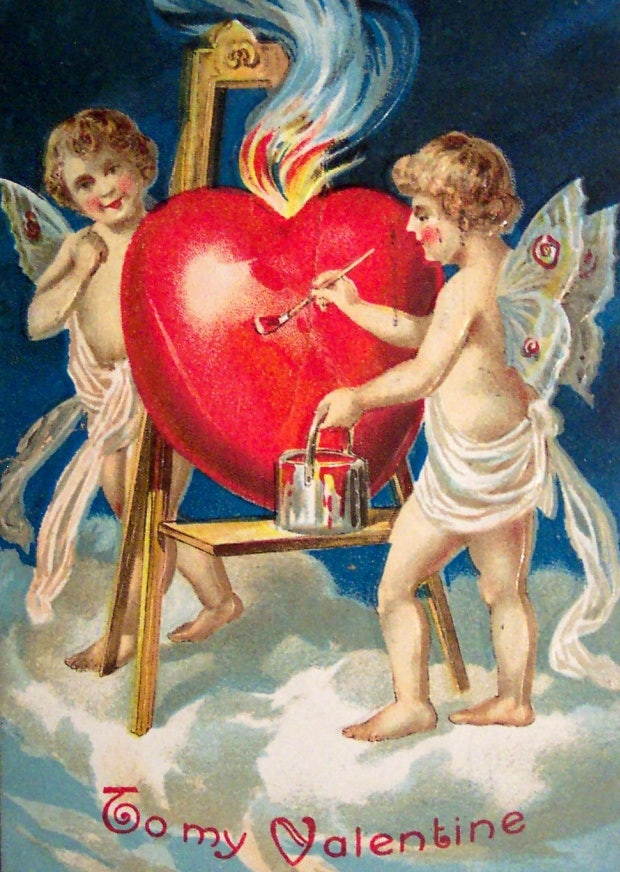 Photo: Chordboard, Public domain, via Wikimedia Commons
Photo: Chordboard, Public domain, via Wikimedia Commons
Be wary about that cubby flying baby, though. According to some other legends, "Cupid is known to change his mind a lot. Not only does he carry golden arrows to make someone fall in love, but he also carries another kind of arrow. This other arrow has a blunt lead tip that makes people fall out of love."
Ouch.
There you have it. Now all you cynics know that Valentine's Day wasn't actually invented by greeting card and chocolate companies.
As biological anthropologist Dr. Helen Fisher told NPR, "This isn't a command performance. If people didn't want to buy Hallmark cards, they would not be bought, and Hallmark would go out of business."
We've been celebrating it pretty much the same way for centuries — with cards, chocolates, flowers, presents, and heaps of either love or bitterness, whichever side of the relationship status aisle you're currently on.
Monica Green is a New York-based writer who has contributed to Good Housekeeping, The Knot, and Bustle, among others.
